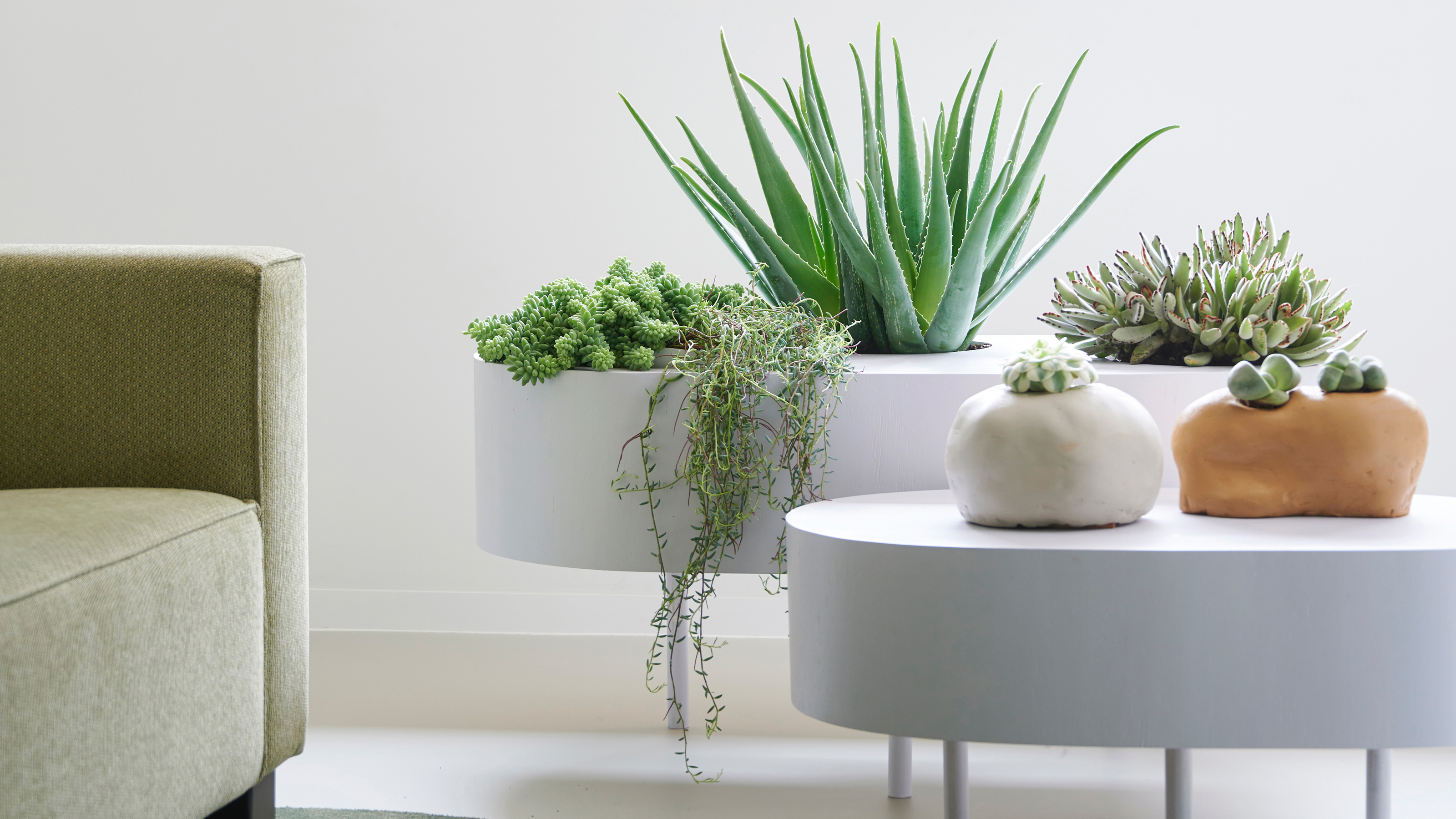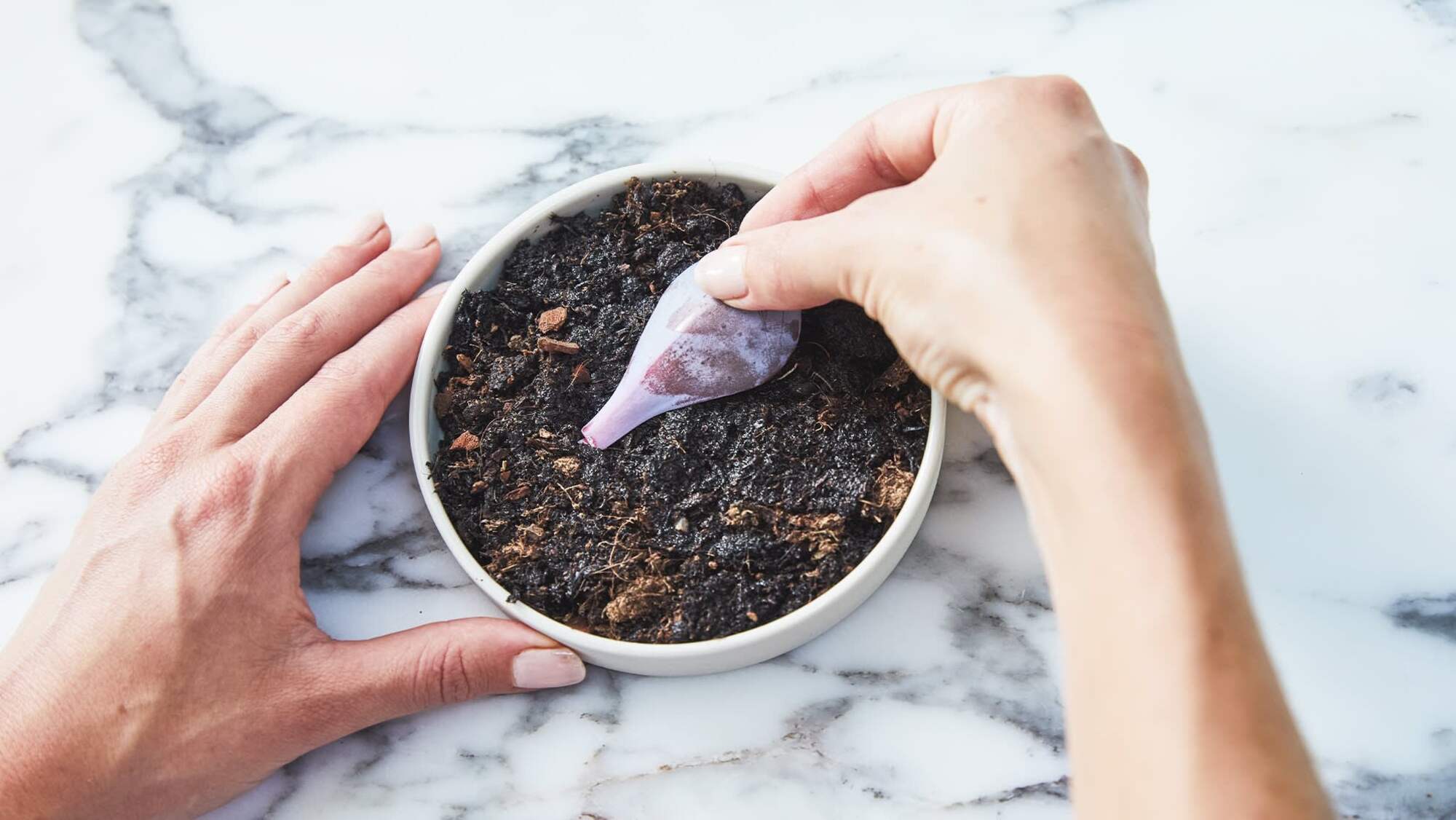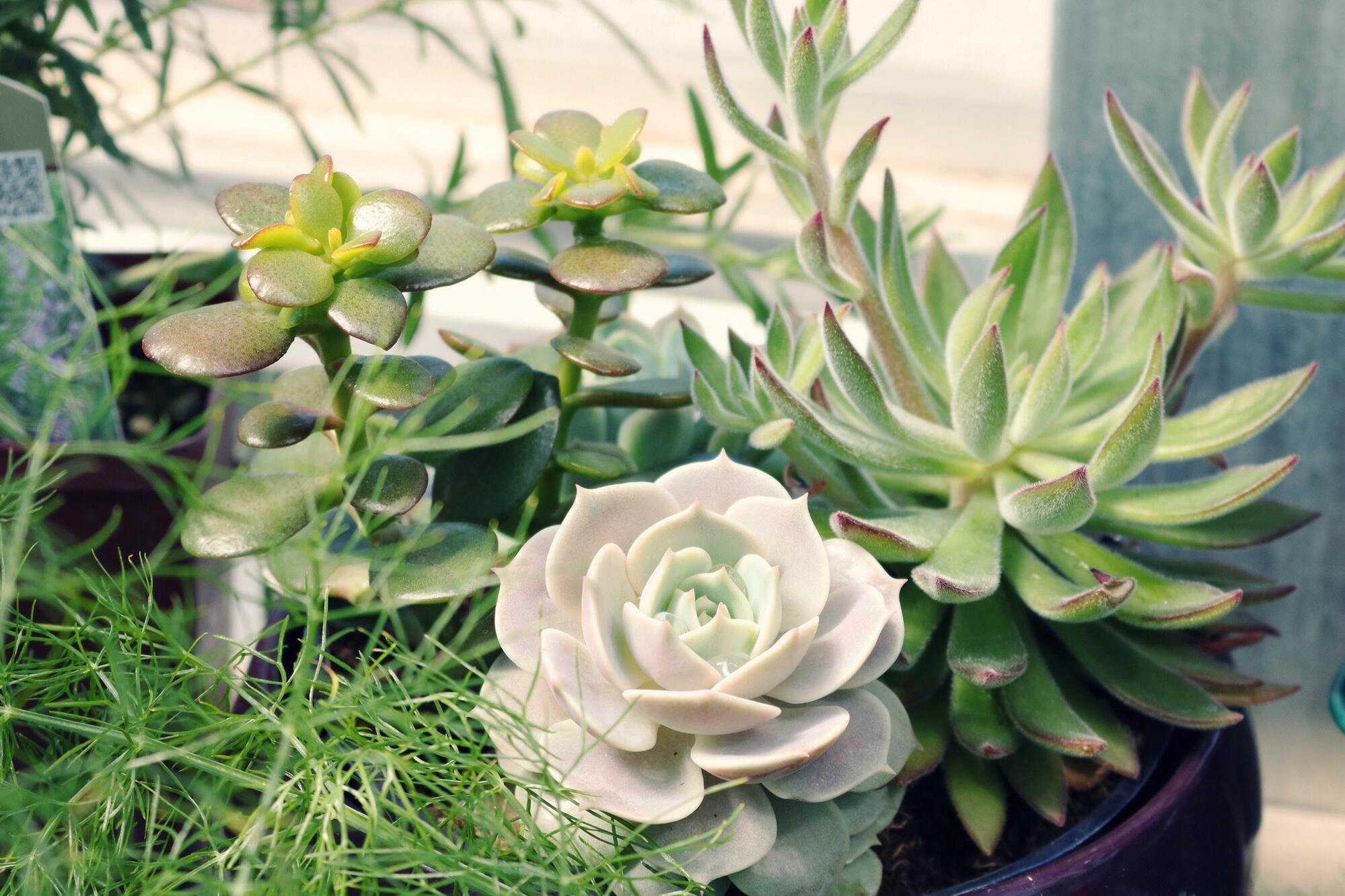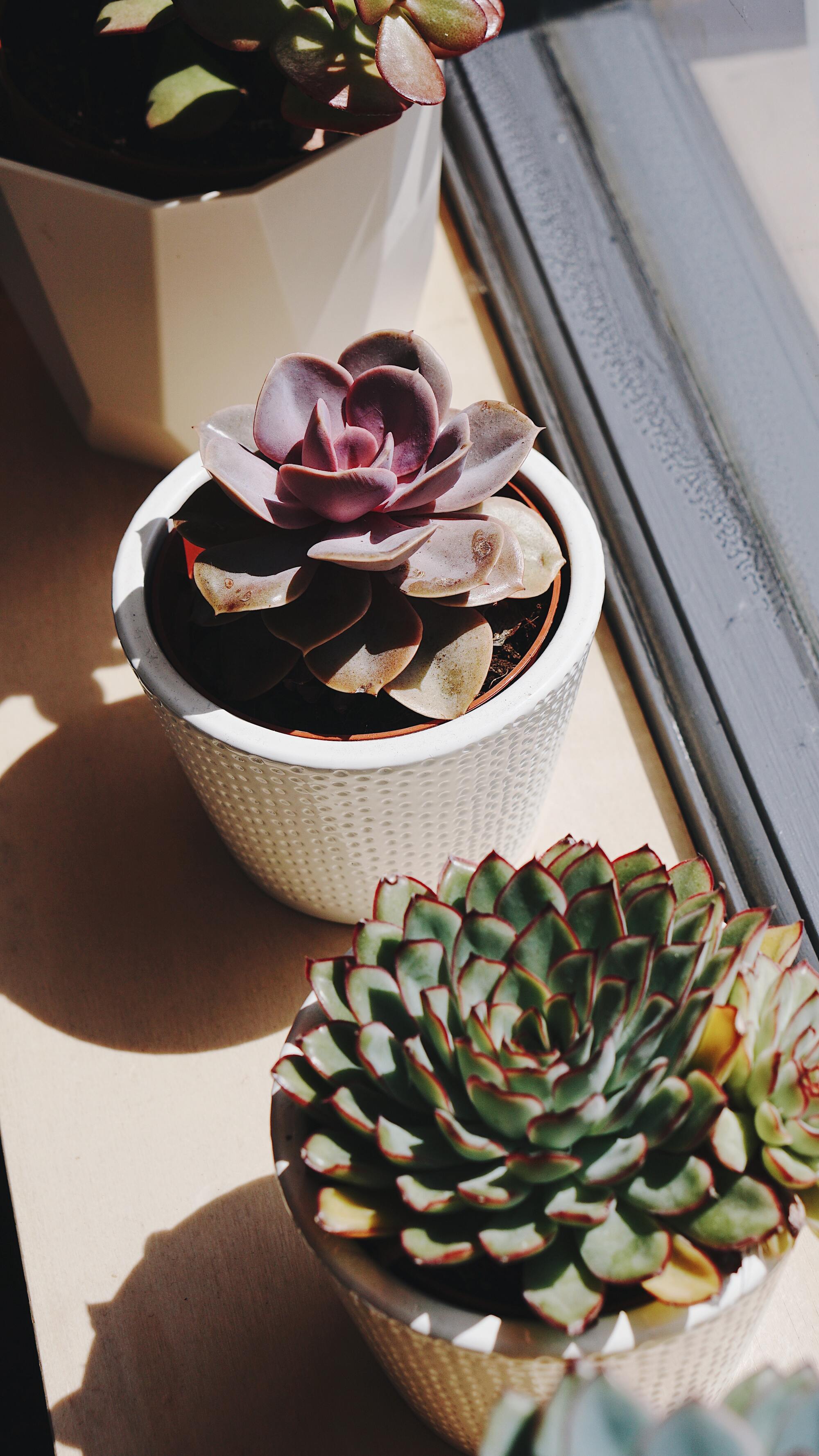How to propagate succulents – how to grow new plants from cuttings in a few simple steps
Top tips from the gardening experts on how to propagate succulents so you can share these pretty plants with friends


If you want to expand your plant collection, learning how to propagate succulents successfully is a useful trick to have up your sleeve. It's important to know that succulents grow differently to other plants, with thick and fleshy leaves and little stems.
Learn how to propagate successfully and you can share your plant creations with friends and family or grow more for yourself to create a beautifully curated collection for a spare bedroom shelf or sparse windowsill that needs some extra attention.
'Propagation is a great way to build up your interior jungle and can be done simply and sustainably,' says Whitney Bromberg Hawkins of Flowerbx. And any healthy succulent is one of the best houseplants for beginners to propagate. 'With a little care and attention, you can grow your collection in no time,' says Richard Cheshire, plant doctor at Patch Plants.
Read on for our top tips for growing succulents successfully and easily.
How to propagate succulents successfully

Succulents are actually one of the more easy plants to propagate, even though they have little-to-no stem and have thick, fleshy leaves. 'The secret to propagating succulents is that there is no secret,' says Camille Cimino, owner of Los Angeles-based landscape design company Nature of Things. 'It's actually the easiest thing in the gardening world and everyone can be successful at it. It's a great entry point for even the most inexperienced gardener.' Read on for our guide on how to deal with these plants.
The simple steps to propagating succulents

To start propagating your plants, begin by cutting the heads off existing succulents. 'To do so, choose one of your plant's bushier stems and snip a leaf-covered section around 1-3 inches long,' advises Whitney. Alternatively, you can propagate succulents from individual leaves rather than stem sections, which is your best bet if you're attempting to propagate a rosette-style succulent. When propagating from single leaves, you can choose to pluck leaves from your new clippings or from the parent plant itself.
'Even for the most experienced professional gardener, propagating from leaves has only a middling success rate. I'd call it about 30 percent,' warns Camille. 'I don't get rid of the leaves, I definitely give it a try by placing them on the ground and seeing what happens. But if you stick a stem in the soil, your success rate goes up to 80 percent or higher.'
Put your clippings and leaves - cut ends facing upwards - in a shallow dish filled with compost and place them in direct sun. 'Once a few days have passed, you will notice that the ends have sealed over,' says Whitney.
Then, use a spray bottle to water your new cuttings so that the soil is damp but not soaked, and keep doing this succulent care every few days in the next month. You'll soon see roots sprout. By six weeks, you'll start to see leaves appearing.
What are succulents?
Succulents can be characterized by their thick, fleshy leaves that have adapted to water storage. They come in an array of colors, ranging from purples to dusky greys, and are popular houseplants that require little maintenance, given their ability to store water so successfully.
One common feature in many succulents is the stomata opening, which is a mouth-like structure on the surface that opens and closes to take in carbon dioxide in the dark hours.
'Some of the easiest succulent varieties to propagate are aeonium, echeveria, sedum, kalanchoe, senecio (string of pearls, string of bananas), and crassula, but most varieties aren't that difficult to propagate,' explains Camille.
Where should I put a propagated succulent?

Succulents make ideal houseplants because they are pretty low maintenance. 'They enjoy bright indirect sunlight and require well-drained soil that will help to avoid root rot,' says Whitney.
They need very little watering - around once per week at a maximum and around six hours of sunlight a day. 'Make sure you rotate your plant or they can become spindly as they attempt to grow towards the sun,' warns Whitney.
What vessel do you put your newly propagated succulents in?
Succulents grow best in a shallow dish, but once they sprout roots and take to the soil, a terracotta pot works nicely. 'Pick a pot that is low-sided because many varieties are on the short side and these pots will really showcase the plant's beauty,' says Thomas Broom Hughes, director of horticulture at Petersham Nurseries. 'Always plant into peat-free compost with lots of added grit or a suitable succulent mix,' he adds.
Be The First To Know
The Livingetc newsletters are your inside source for what’s shaping interiors now - and what’s next. Discover trend forecasts, smart style ideas, and curated shopping inspiration that brings design to life. Subscribe today and stay ahead of the curve.

Former content editor at Livingetc.com, Oonagh is an expert at spotting the interior trends that are making waves in the design world. She has written a mix of everything from home tours to news, long-form features to design idea pieces, as well as having frequently been featured in the monthly print magazine. She is the go-to for design advice in the home. Previously, she worked on a London property title, producing long-read interiors features, style pages and conducting interviews with a range of famous faces from the UK interiors scene, from Kit Kemp to Robert Kime. In doing so, she has developed a keen interest in London's historical architecture and the city's distinct tastemakers paving the way in the world of interiors.
-
 Turns Out the Coolest New Café is Actually In Your Kitchen — Here's How to Steal the Style of TikTok's Latest Trend
Turns Out the Coolest New Café is Actually In Your Kitchen — Here's How to Steal the Style of TikTok's Latest TrendGoodbye, over-priced lattes. Hello, home-brewed coffee with friends. TikTok's 'Home Cafe' trend brings stylish cafe culture into the comfort of your own home
By Devin Toolen Published
-
 5 Bathroom Layouts That Look Dated in 2025 — Plus the Alternatives Designers Use Instead for a More Contemporary Space
5 Bathroom Layouts That Look Dated in 2025 — Plus the Alternatives Designers Use Instead for a More Contemporary SpaceFor a bathroom that feels in line with the times, avoid these layouts and be more intentional with the placement and positioning of your features and fixtures
By Lilith Hudson Published